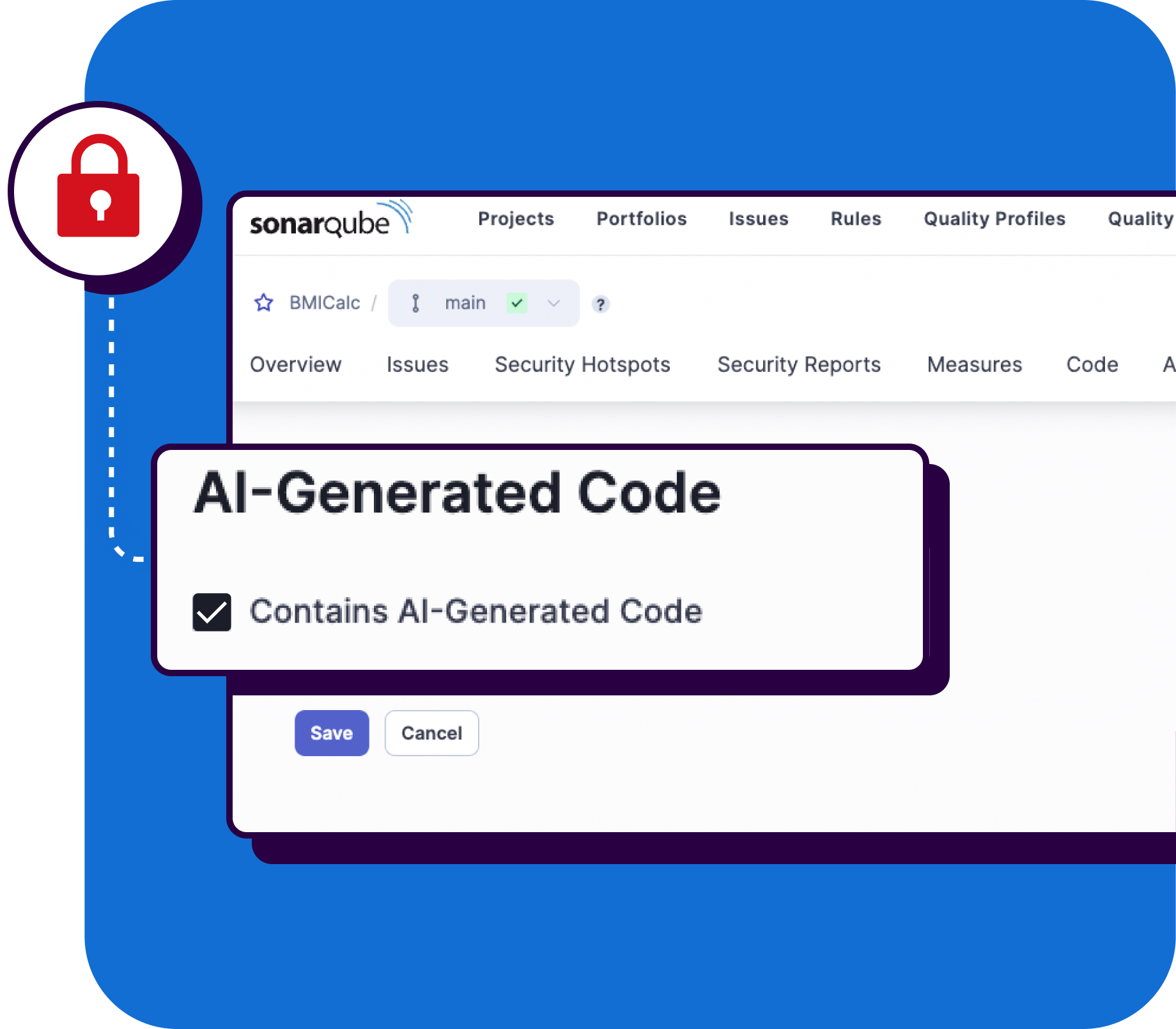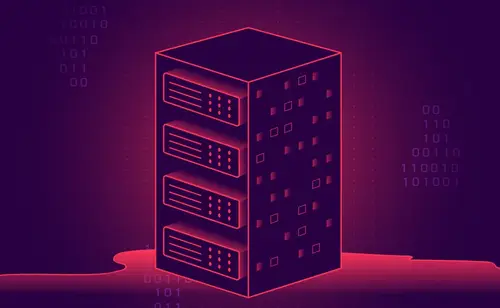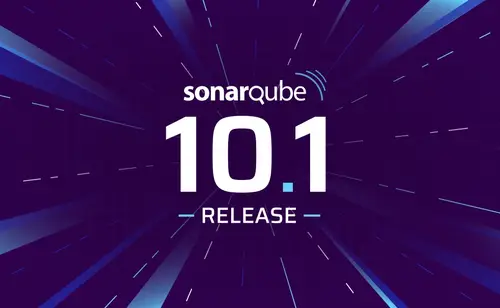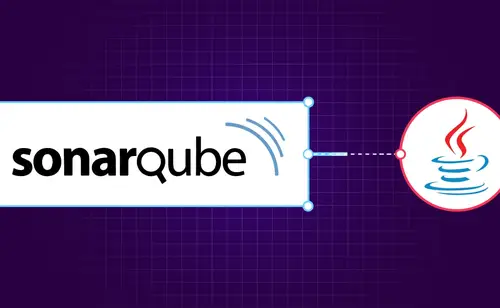Sonar's latest blog posts
Building Confidence and Trust in AI-Generated Code
To tackle the accountability and ownership challenge accompanying AI-generated code, we are introducing Sonar AI Code Assurance


How I started my career as a developer
Interviews with Sonar’s Developer Advocates on their careers and what Clean Code means to them.
Read article >

Why SonarQube Server 9.9 LTS is a must-have for PHP Developers
PHP analysis gets faster and better with new rules, fixed false-positives, and much more in SonarQube Server 9.9 LTS.
Read article >
Get new blogs delivered directly to your inbox!
Stay up-to-date with the latest Sonar content. Subscribe now to receive the latest blog articles.

TROOPERS 2023 Conference Takeaways
Read about our key takeaways from the TROOPERS 2023 including our favorite talks and overall experience during the two days conference.
Read article >

TyphoonCon 2023 Wrap Up
Last week, our Vulnerability Researchers traveled to TyphoonCon 2023 in Seoul to present their talk "Patches, collisions and root shells: a Pwn2Own Adventure".
Read article >

Why ORMs and Prepared Statements Can't (Always) Win
We always assume prepared statements and ORMs are enough to protect us from SQL injection, but be careful not to misuse their APIs! Let's look into a real-world case and see what we can learn from it.
Read article >

Why SonarQube Server 9.9 LTS is a must-have for JavaScript and TypeScript Developers
Read about the new features of SonarQube Server 9.9 LTS which help JavaScript and TypeScript developers to write Clean Code.
Read article >

SonarQube Server 10.1 is here!
Smoother centralized access management with GitHub, multiple code variant analysis for C/C+, a big coverage boost in Java security, and more in the latest from SonarQube Server.
Read article >

Smarter Together: Fostering a culture of collaboration and growth at Sonar
The Sonar culture is the shared vision, mission, values, and behaviors that make up our day-to-day experience at Sonar. Our goal as an organization is that our culture will unite and motivate SonarSourcers to work and grow together and achieve company goals while creating meaningful benevolent relationships. Discover more about our Smarter Together core value in this blog post.
Read Blog post >

Sonar at JSNation 2023 in Amsterdam
We take a look at our highlights from JSNation 2023 in Amsterdam, including our favourite talks, memorable conversations and key takeaways.
Read Blog post >

What Mr. Miyagi can teach you about writing Clean Code
Just like it's not enough to simply practice karate for Mr. Miyagi, it's not enough for Sonar to find and fix issues when guiding developers to practice Clean Code. Developers should be able to find, understand, and fix issues to write Clean Code optimally.
Read blog post >

Why SonarQube Server 9.9 LTS is a must-have for Java developers
Explore the game-changing features of SonarQube Server 9.9 LTS, empowering Java developers to write Clean Code with enhanced speed and precision.
Read article >
